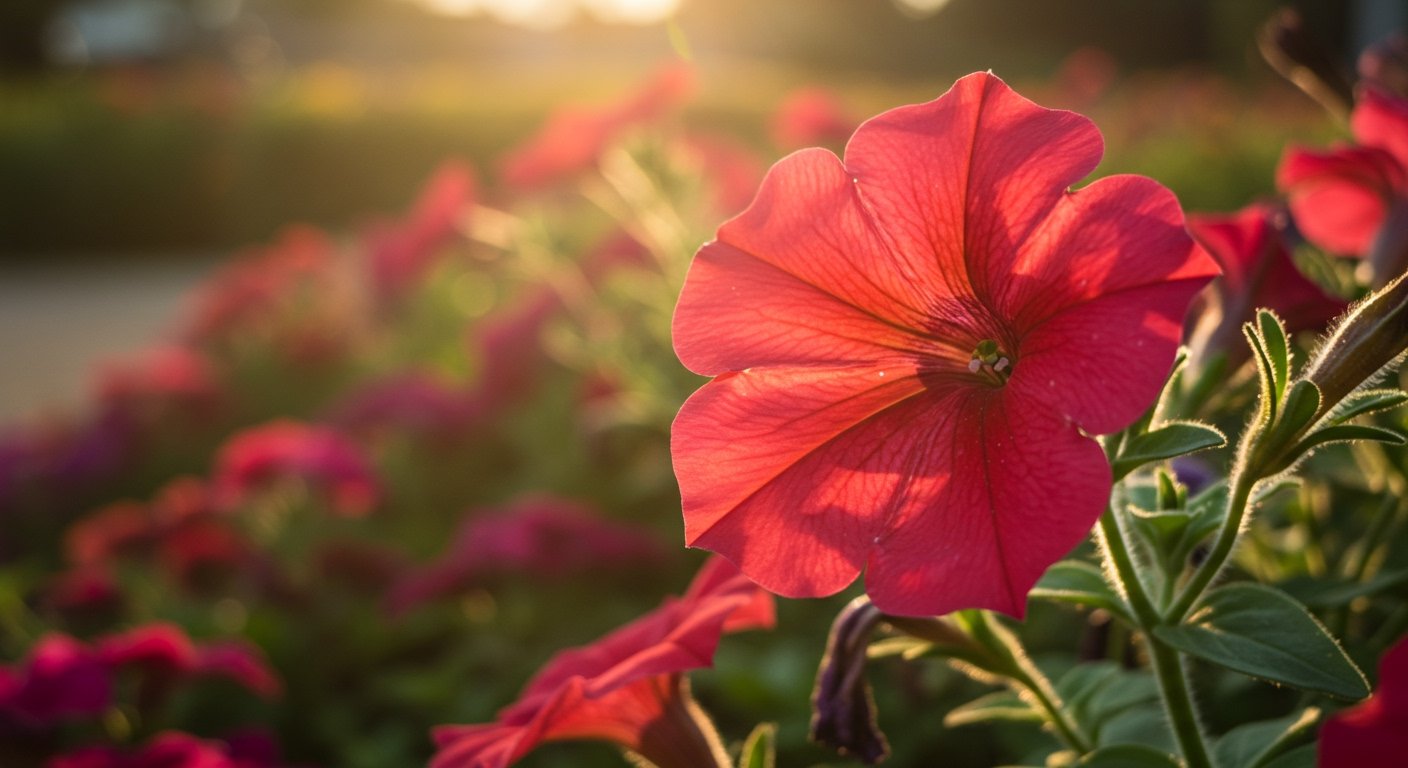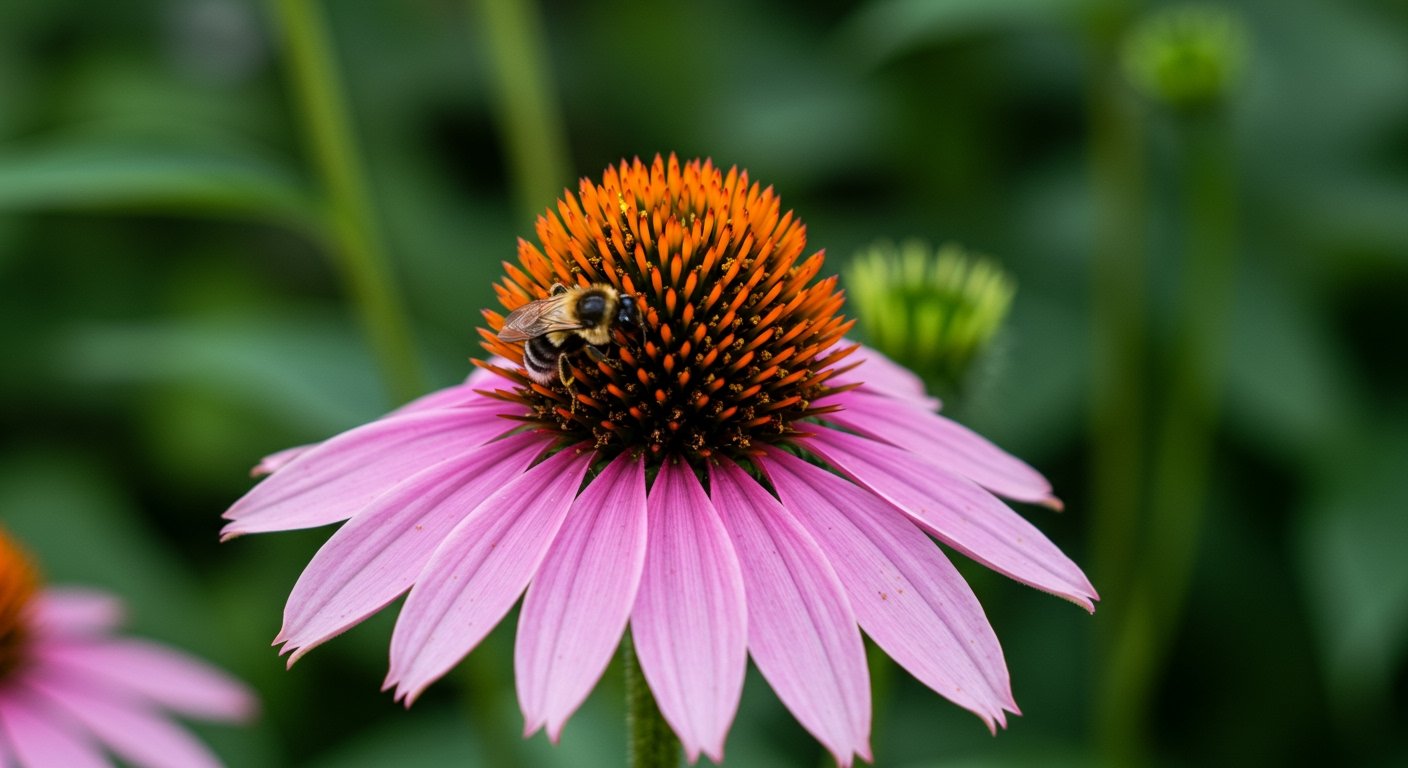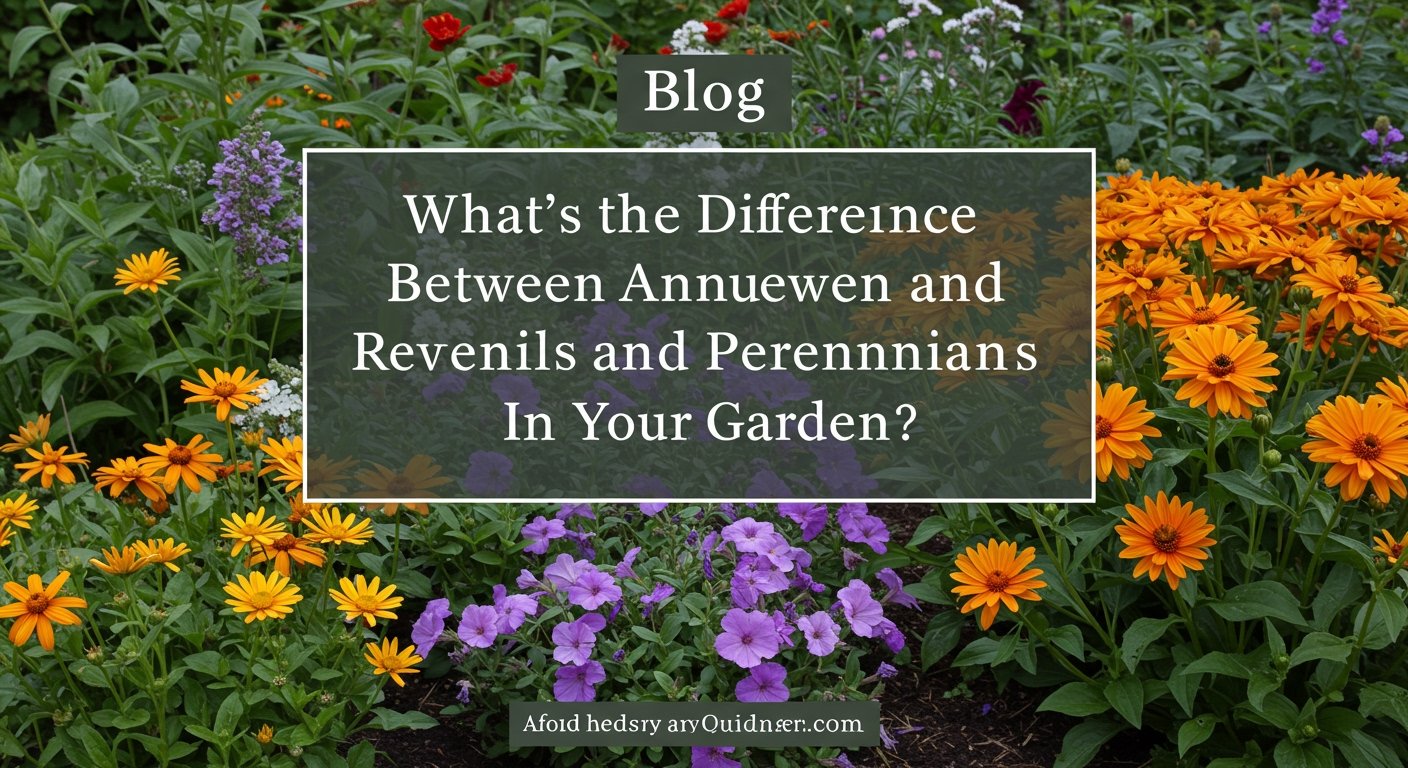Welcome, budding gardeners! Have you ever wondered why some plants seem to vanish after a single season while others return faithfully year after year? The answer lies in understanding the fundamental Annuals vs Perennials debate. This guide is designed to clarify the difference between annuals and perennials, helping you make informed choices for a vibrant and thriving garden. Whether you’re planning your first flower bed or just curious about the plants around you, knowing the lifecycle of annual plants vs perennial plants is key to gardening success. Let’s dig in and discover which plants are annuals and perennials, and how they can best serve your garden vision.
What Are Annual Plants?
Annual plants are the sprinters of the garden world. They complete their entire life cycle – from seed to flower to seed – within a single growing season. This means they grow, bloom, produce seeds, and then die, typically with the first hard frost of autumn. Because their mission is to produce as many seeds as possible before they perish, annuals often offer an explosion of continuous color throughout the summer months. Many gardeners wonder, “Do annuals come back every year?” The straightforward answer is no, the original plant does not. However, some annuals are prolific self-seeders, meaning their dropped seeds might sprout new plants the following spring, giving the *impression* they’ve returned.

Caring for Annuals
Caring for annuals generally involves consistent watering, especially during dry spells, and regular feeding since they put so much energy into continuous blooming. Deadheading (removing spent flowers) is crucial for many perennial flowers vs annual flowers as it encourages the plant to produce more blooms rather than focusing energy on seed production. Proper care can significantly extend their blooming period, making them excellent choices for containers and bedding plants where a constant show of color is desired.
What Are Perennial Plants?
Perennial plants are the long-distance runners of the garden. Unlike annuals, perennials live for more than two years, often returning year after year from their rootstock, even if their top growth dies back in winter. While their individual blooming period might be shorter than that of a continuously flowering annual, they provide a reliable display season after season. Many people ask, “Do perennials bloom all summer?” Some do, but most have specific bloom times that vary greatly by species. Their lifespan of annuals and perennials is a major differentiator; perennials offer long-term structure and beauty to your garden. They typically develop stronger root systems, making them more resilient to adverse weather conditions once established.

Caring for Perennials
Caring for perennials often involves less effort once they are established. They benefit from proper site selection, good soil preparation, and occasional division every few years to maintain their vigor. While they might need consistent watering in their first year, established perennials are often more drought-tolerant than annuals. Pruning and cutting back spent foliage (either in fall or spring, depending on the plant) are common tasks. Understanding the basic caring for annuals vs perennials differences will save you time and help your plants thrive.
Biennial Plants Explained
Beyond annuals and perennials, there’s a smaller group known as biennial plants. These plants complete their life cycle over two years. In their first year, they typically grow foliage (leaves) and develop a strong root system. In their second year, they produce flowers, set seeds, and then die. Examples include foxgloves, sweet William, and some types of hollyhocks. They offer a unique bridge between the fleeting beauty of annuals and the enduring presence of perennials.
The Core Difference: Annuals vs Perennials
The core difference between annuals and perennials boils down to their lifecycle. Annuals live for one growing season, providing immediate and continuous color but requiring replanting each year. Perennials live for multiple years, offering long-term beauty and structure, often with less replanting, though their bloom cycles might be more defined and less continuous than many annuals. Knowing how to tell annual from perennial can sometimes be tricky without specific plant knowledge, but general appearance and labeling can often help. For beginners, understanding these fundamental distinctions is crucial for successful garden design annuals perennials strategies.
Pros
- Provide continuous, season-long color and bloom power
- Offer flexibility to change garden design and color schemes yearly
- Excellent for containers, hanging baskets, and filling gaps
- Often more affordable upfront for a single season’s display
Cons
- Require replanting every year, which can be an annual expense
- Generally need more consistent watering and feeding to maintain continuous blooms
- Less cold-hardy, disappearing with the first hard frost
- Can be less effective for creating long-term garden structure
Pros
- Return year after year, saving time and effort on replanting
- Build permanent structure and beauty in the garden
- Many are more drought-tolerant once established
- Can be more cost-effective over multiple seasons
- Attract pollinators and provide habitat
Cons
- Bloom periods are often shorter and more defined than many annuals
- May take a season or two to fully establish and reach their mature size
- Initial cost per plant can be higher than annuals
- Requires occasional division after several years to maintain vigor
Designing Your Garden: Annuals and Perennials for Beginners
For annuals and perennials for beginners, the best approach is often a thoughtful combination. Annuals are fantastic for providing immediate pops of color in areas where you want a continuous show, such as borders, containers, or window boxes. Use them to fill in gaps while your slower-growing perennials establish themselves. Perennials, on the other hand, form the backbone of your garden. They provide structure, anchor planting beds, and often offer varied textures and heights throughout the seasons. Think about their mature size and spread when planting, as they’ll be there for years to come. By strategically using both, you can create a dynamic and beautiful garden that offers both instant gratification and enduring appeal. Experiment with which plants are annuals and perennials that thrive in your specific climate and soil conditions.
How to Tell Annual from Perennial
While plant tags are your best friend, sometimes you might encounter an unlabeled plant. Generally, annuals are often sold already flowering and in smaller pots, ready for immediate impact. Perennials might be sold as smaller plants, or even dormant roots, as they need time to establish. Observing the plant’s behavior over a full year is the ultimate test. If it dies completely back to the ground after a frost and doesn’t reappear in spring, it was likely an annual. If it sprouts new growth from the base or roots in spring, even after appearing dead, it’s a perennial.
Frequently Asked Questions
Do annuals come back every year?
No, the individual annual plant completes its life cycle within one growing season and dies. While some annuals may self-seed, producing new plants from dropped seeds the following year, the original plant does not return.
Do perennials bloom all summer?
Not typically. While some specific perennial varieties, like certain types of coneflower or coreopsis, can have very long bloom times, most perennials have a defined blooming season that lasts for a few weeks to a couple of months. For continuous summer color, it’s best to plant a mix of perennials with staggered bloom times or incorporate annuals.
What are annuals?
Annuals are plants that complete their entire life cycle (germination, growth, flowering, seed production, and death) within a single growing season. They are known for providing continuous, season-long color.
What are perennials?
Perennials are plants that live for more than two years, often returning year after year from their rootstock even if their top growth dies back in winter. They provide long-term structure and beauty to a garden.
How should I use annuals and perennials together in my garden?
When planning your garden, use perennials for the backbone and structure, as they will return reliably each year. Use annuals to fill in gaps, add continuous pops of seasonal color, and provide flexibility to change your garden’s look annually. Combining them offers the best of both worlds: long-term beauty and immediate visual impact.
